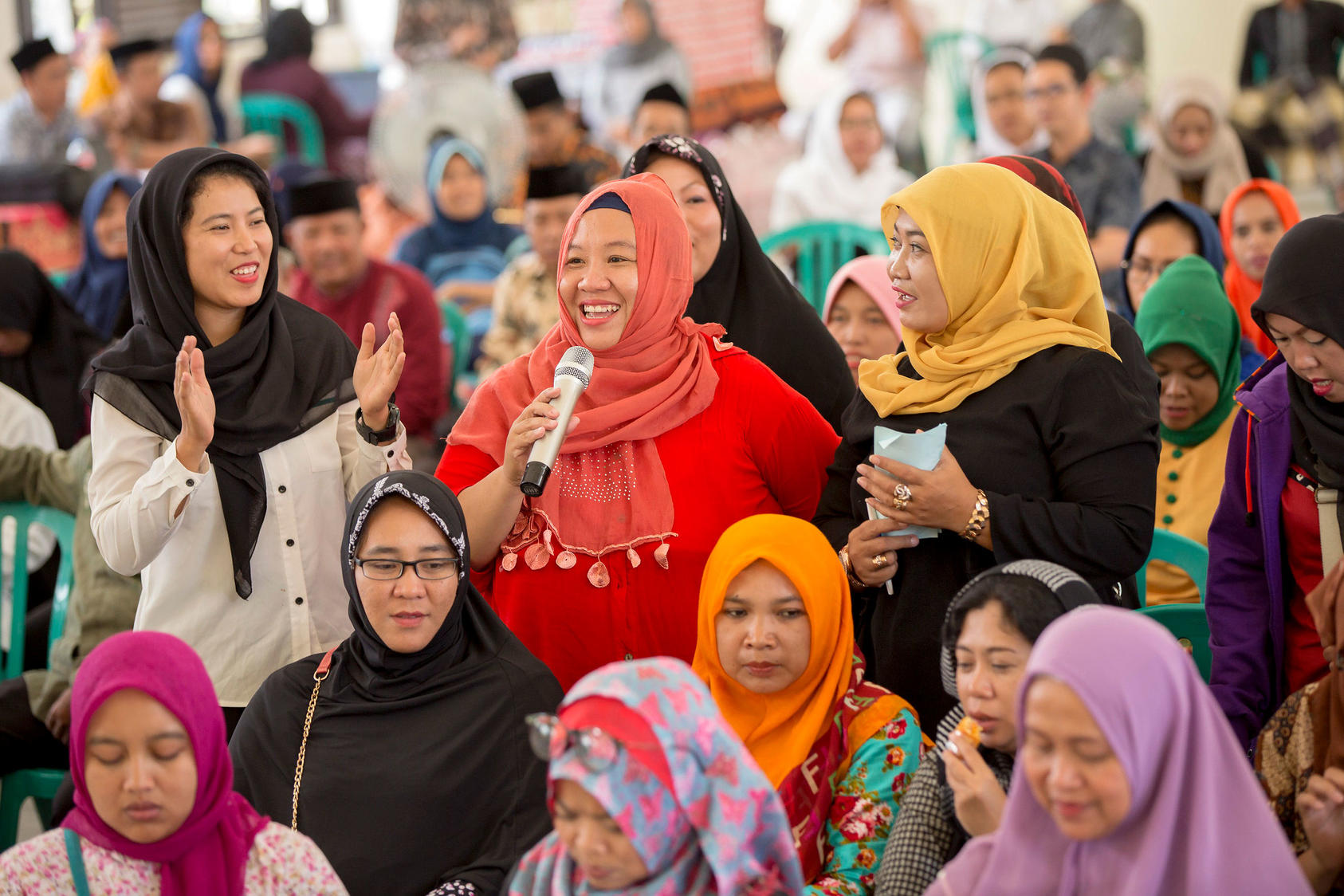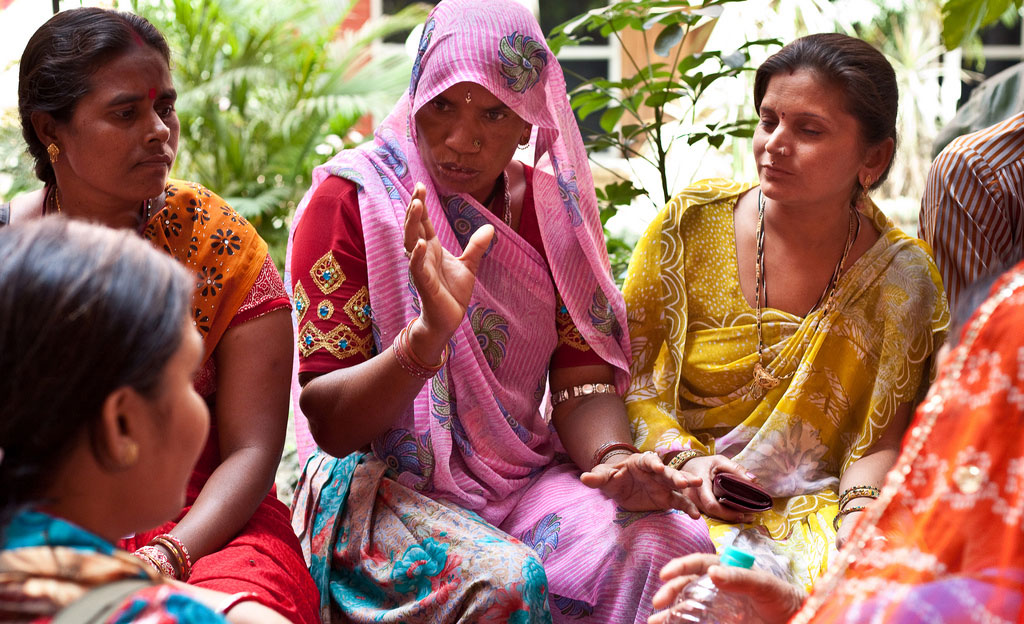How did UNSCR 1325 come about?
UNSCR 1325 was adopted as the result of the commitment and vision of both civil society and the member states of the U.N. to address the policy gap of counting the role of women in peacebuilding and the long-term impact of conflict on their lives. Prior to its adoption, several major global conferences and policy frameworks were championed that sought to advance the rights of women and girls. Beginning in 1975, the United Nations convened world conferences to elevate gender equality on the global stage. In 1995, the Fourth World Conference on Women yielded the Beijing Declaration and Platform with key objectives that promoted of the role of women in peacemaking. The Coalition on Women and International Peace and Security was formed in response and became the main lobbying force for the creation of UNSCR 1325. In 2000, the Coalition’s efforts came to fruition when Namibia held the Security Council presidency and conducted an open session on Women, Peace, and Security. During this session, the U.N. Security Council acknowledged the changing nature of warfare, in which civilians are increasingly targeted, and women continue to be excluded from participation in peace processes, leading to the passage of U.N. Security Council Resolution 1325.
In spite of these significant actions, there continues to be a general lack of recognition in policy at the national and international level of women’s important contributions, especially regarding peacekeeping and their engagements in peace processes.

